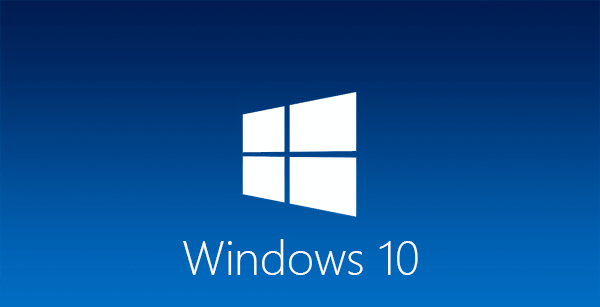Use Invert Selection for Easier File Selection in Windows Explorer
The next time you need to select most of the files in an open Explorer window don’t waste your time holding down Ctrl and clicking each file manually. It’s much easier to select the ones you DON’T need, and then let Windows reverse your selection.
Inside an open window, hold down Ctrl as you select the file(s) you DON’T want to select (sounds backward, but wait…).
Select Edit, then Invert Selection, and Windows will turn your selection inside out leaving you with the files you wanted to select.
You can then delete or copy them as needed.















